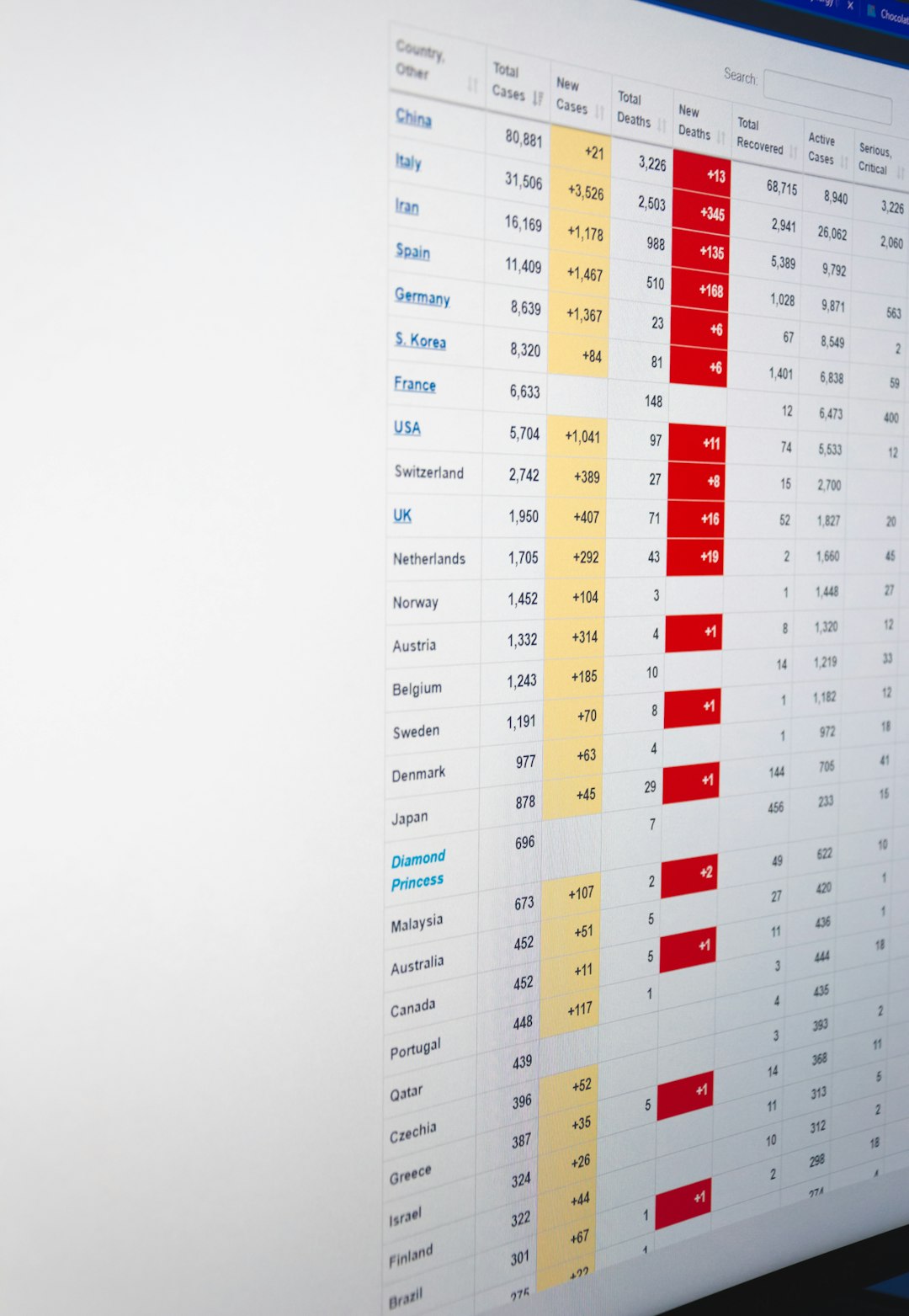If you’ve ever sent marketing or transactional emails at scale, you’ve likely encountered the mysterious world of email deliverability. It’s a realm where your meticulously crafted messages can suddenly vanish into spam folders or seemingly evaporate altogether. This happened to me recently when my preferred email deliverability SaaS silently throttled my outgoing messages—without any notification or prior warning. Not only did this threaten my campaign’s performance, but it also forced me to quickly architect a scalable, resilient multi-ESP failover strategy to ensure continued deliverability and protect my sender reputation.
TL;DR:
One of my trusted email service providers (ESPs) started silently throttling my email sends, affecting deliverability and campaign effectiveness. With no notice or clear communication from their side, I had to investigate and create a failover system using multiple ESPs. This strategy now helps balance load, maintain healthy sending reputations, and mitigate single points of failure. Here’s how I figured it out—and how you can too.
What Happened: Silent Throttling That Caught Me Off Guard
Deliverability problems often reveal themselves slowly—first a drop in open rates, then increasing bounce rates, and finally, frustrated stakeholders wondering if your emails are even reaching anyone. That’s exactly what happened. After sending a series of high-volume campaigns, I noticed a disturbing decline in response rates.
After digging through dashboards and third-party analytics tools, I discovered that the ESP was intentionally limiting sends from my account. This behavior, known as throttling, is sometimes used by providers to protect their infrastructure or prevent bad actors from abusing their systems. But in my case, the ESP implemented throttling without:
- Any email notification
- No warning in the dashboard or admin panel
- No documentation or support outlining what was happening
This left me in the dark, and worse, it eroded trust in a provider I had relied on for years.
Common Reasons ESPs Enforce Silent Throttling
To understand why this might happen, it’s important to realize how ESPs work behind the scenes. Here are some possible explanations:
- IP Reputation Protection: If the ESP feels that a customer’s traffic might hurt the shared IP pools, they may silently throttle to protect reputation metrics.
- Volume Spikes: Sudden spikes in sends—even if legitimate—can trigger automated controls or rate limits.
- Triggering Spam Filters: If your recent emails have been flagged as spam frequently, the ESP might slow you down to catch potential issues early.
- Avoiding Blacklists: Short-term throttling can prevent long-term damage such as domain or IP blocklisting.
While these measures are often justified from a platform protection standpoint, the lack of visibility and communication left me blind to the problem for days.
The Damage: Dropped Revenue and Diminished Trust
Let’s be clear—every minute your emails aren’t reaching people’s inboxes, you could be losing potential leads, sales conversions, or product engagement. In my case, we saw:
- A 45% reduction in open rates
- Increased support tickets from recipients claiming they hadn’t received order confirmations
- A noticeable dip in daily revenue attributed to failed outreach
The alarming part was that the sender domain (ours) took the hit in terms of reputation—not the ESP. We were playing a high-stakes game with incomplete information and zero fallback.
Building a Multi-ESP Failover Strategy
Once I realized the root cause, I decided it was time to invest in a more robust and fault-tolerant approach. This meant not depending on a single vendor but having the ability to switch between multiple email providers based on performance, health, and reliability. Here’s how I did it:
Step 1: Integrate Multiple ESPs
I began by researching and selecting a set of reliable secondary ESPs. I looked for the following criteria:
- Strong API support and documentation
- Transparent deliverability performance tracking
- Good reputation and widespread adoption
- Support for custom domains and dedicated IPs
I ended up choosing three different ESPs—one primary, two backups. If the primary starts throttling or falters, I can switch in near real-time.
Step 2: Abstracting the Send Layer
Next, I abstracted the email delivery logic in our backend. Instead of hardcoding ESP-specific integrations, I introduced a middleware layer in our service that works like this:
- Evaluates current sending performance (bounce rate, latency, error rate)
- Selects the best ESP using a weighted selection algorithm
- Executes failover in response to misbehavior or down status
This made it seamless to switch between providers with minimal downtime or engineering changes.

Step 3: Real-Time Monitoring and Alerts
I built a monitoring dashboard with integrations to Datadog and Segment for real-time insights. Using custom metrics, I track:
- Success/failure rates per ESP
- Hourly deliverability and open rate trends
- DNS blacklisting and SPF/DKIM misconfigurations
Alerts are triggered instantly via Slack and email if any ESP fails thresholds I’ve set for reputation or latency.
Benefits of a Multi-ESP Strategy
This experience, though frustrating, had a silver lining. It forced me to re-architect our email infrastructure in a more resilient and professional way. Here’s what I gained:
- No Single Point of Failure: Losing one provider doesn’t mean lost campaigns.
- Load Balancing: I now distribute emails based on volume and region, which helps manage reputations across IPs better.
- Competitive Leverage: If one provider changes its pricing or policies, I’m not locked in.
- Transparency: More data, more insights, better decisions.
Lessons Learned
If you’re serious about email as a channel, don’t put all your eggs in one ESP basket. Even the best-ranked providers can silently enforce throttles or change policies overnight. Ultimately, the responsibility for reliable email delivery isn’t theirs—it’s yours.
Some quick takeaways:
- Always monitor delivery metrics outside your ESP’s dashboard.
- Build abstraction layers to avoid being tied to a specific vendor.
- Use health checks to decide where and when to send.
- Treat your email infrastructure like production infrastructure: with failover plans.

Conclusion
Silent throttling is a wake-up call. It reminds us that even cloud-native, high-availability tools can have vulnerabilities—particularly when they were never designed with your business scale or model in mind. By building a multi-ESP failover system with dynamic monitoring, I turned a painful situation into a strategic advantage. And if you rely on high-volume email sends, it’s a strategy worth implementing sooner rather than later.
Email is too important to leave to chance—and definitely too important to trust just one vendor to handle perfectly forever.



